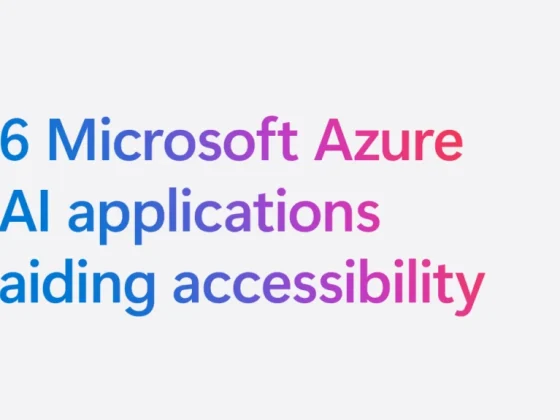Red Hat Enterprise Linux is designed to run seamlessly on a variety of architectures underlying leading supercomputers, playing an important part in driving HPC into new markets and use cases, including AI, enterprise computing, quantum computing and cloud computing
In the top ten of the current TOP500 list, Red Hat Enterprise Linux serves as the operating system for:
From our partners:
- Fugaku, the top-ranked supercomputer in the world based at RIKEN Center for Computational Sciences in Kobe, Japan.
- Summit, the number two-ranked supercomputer based at Oak Ridge National Laboratory in Oak Ridge, Tennessee.
- Sierra, the third-ranked supercomputer globally based at Lawrence Livermore National Laboratory in Livermore, California.
- Marconi-100, the ninth-ranked supercomputer installed at CINECA research center in Italy.
High-performance computing across architectures
Red Hat Enterprise Linux is engineered to deliver a consistent, standardized and high-performance experience across nearly any certified architecture and hardware configuration. These same exacting standards and consistency are also brought to supercomputing environments, providing a predictable and reliable interface regardless of the underlying hardware.
Fugaku is the first Arm-based system to take first place on the TOP500 list, highlighting Red Hat’s commitment to the Arm ecosystem from the datacenter to the high-performance computing laboratory. Sierra, Summit and Marconi-100 all boast IBM POWER9-based infrastructure with NVIDIA GPUs; combined, these four systems produce more than 680 petaflops of processing power to fuel a broad range of scientific research applications.
In addition to enabling this immense computation power, Red Hat Enterprise Linux also underpins six out of the top 10 most power-efficient supercomputers on the planet according to the Green500 list. Systems on the list are measured in terms of both performance results and the power consumed achieving those. When it comes to sustainable supercomputing the premium is put on finding a balanced approach for the most energy-efficient performance.
In the top ten of the Green500 list, Red Hat Enterprise Linux serves as the operating system for:
- A64FX prototype, at number four, was created as the prototype system to test and develop the Fugaku supercomputer and is based at Fujitsu’s plant in Numazu, Japan.
- AIMOS, the number five supercomputer on the Green500 list based at Rensselaer Polytechnic Institute in Troy, New York.
- Satori, the seventh-ranked most power-efficient system in the world, installed at MIT Massachusetts Green High Performance Computing Center (MGHPCC) in Holyoke, Massachusetts. It serves as the home for the Mass Open Cloud (MOC) project, where Red Hat supports a number of activities.
- Summit at number eight.
- Fugaku at number nine.
- Marconi-100 at number ten.
From the laboratory to the datacenter and beyond
Modern supercomputers are no longer purpose-built monoliths constructed from expensive bespoke components. Each supercomputer deployment powered by Red Hat Enterprise Linux uses hardware that can be purchased and integrated into any datacenter, making it feasible for organizations to use enterprise systems that are similar to those breaking scientific barriers. Regardless of the underlying hardware, Red Hat Enterprise Linux provides the common control plane for supercomputers to be run, managed and maintained in the same manner as traditional IT systems.
Red Hat Enterprise Linux also opens supercomputing applications up to advancements in enterprise IT, including Linux containers. Working closely in open source communities with organizations like the Supercomputing Containers project, Red Hat is helping to drive advancements to make Podman, Skopeo and Buildah, components of Red Hat’s distributed container toolkit, more accessible for building and deploying containerized supercomputing applications.
ABOUT RED HAT
Red Hat is the world’s leading provider of enterprise open source software solutions, using a community-powered approach to deliver reliable and high-performing Linux, hybrid cloud, container, and Kubernetes technologies. Red Hat helps customers integrate new and existing IT applications, develop cloud-native applications, standardize on our industry-leading operating system, and automate, secure, and manage complex environments. Award-winning support, training, and consulting services make Red Hat a trusted adviser to the Fortune 500. As a strategic partner to cloud providers, system integrators, application vendors, customers, and open source communities, Red Hat can help organizations prepare for the digital future.
For enquiries, product placements, sponsorships, and collaborations, connect with us at [email protected]. We'd love to hear from you!
Our humans need coffee too! Your support is highly appreciated, thank you!








